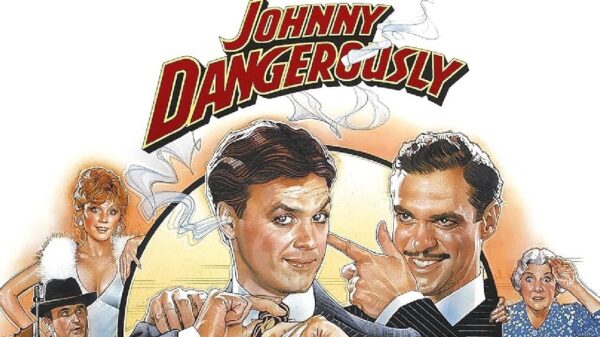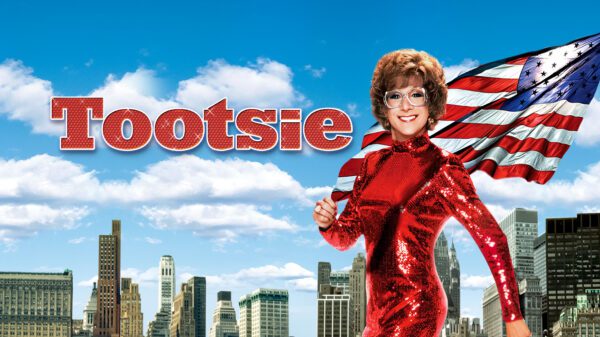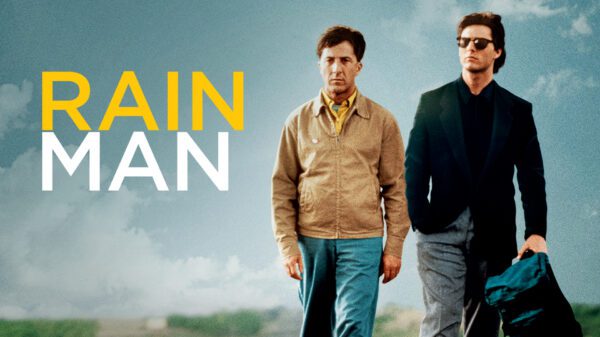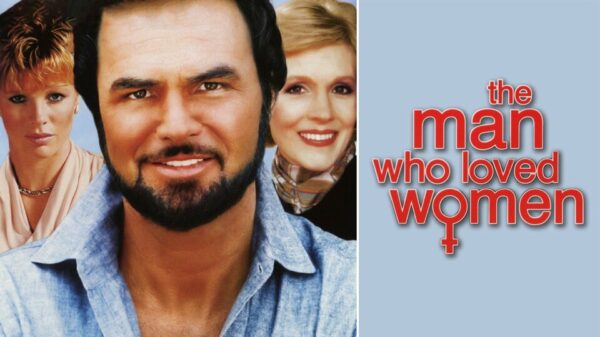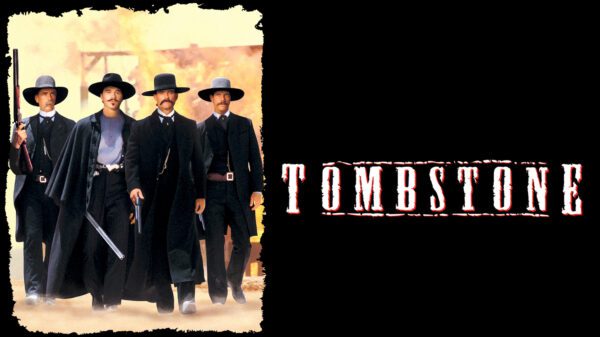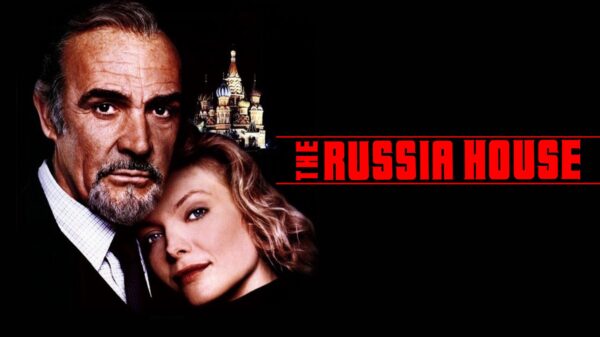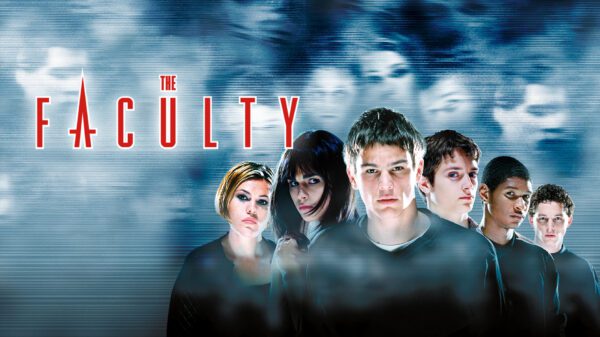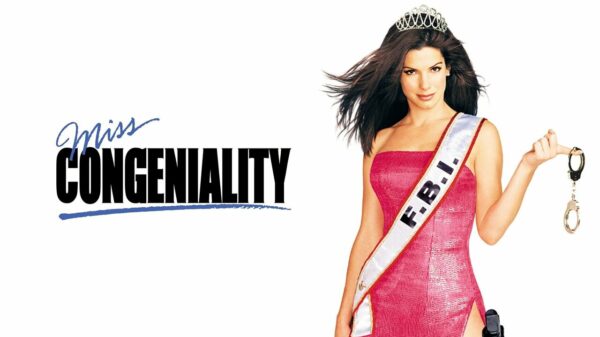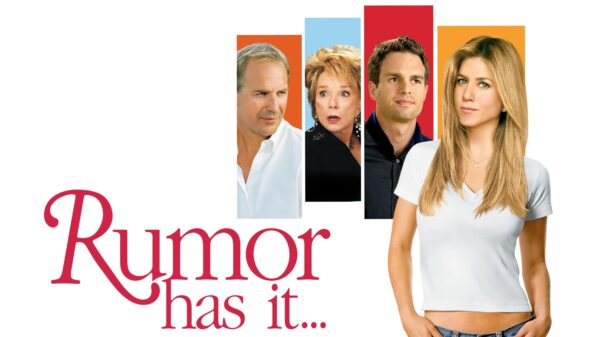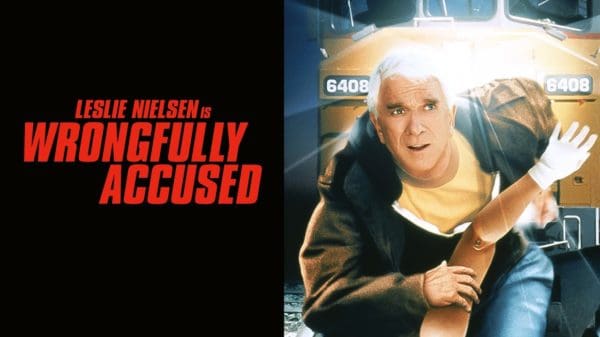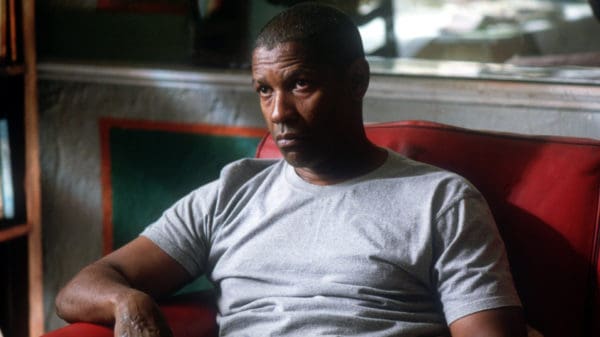Paul Verhoeven‘s Showgirls arrived with a thunderous roar of controversy and critical scorn on September 22, 1995. Penned by Joe Eszterhas, it was meant to be a gritty, adult-themed look at the world of Las Vegas show dancers.
The plot follows Nomi Malone (Elizabeth Berkley), a young, ambitious drifter who hitchhikes her way to Las Vegas with a dream of becoming a star. She starts as a stripper in a seedy club but soon catches the eye of a choreographer for a top Vegas show, “Goddess.”
After a ruthless climb, Nomi secures a place in the show, where she faces off against the reigning diva, Cristal Connors (Gina Gershon) and begins a relationship with Zack Carey (Kyle MacLachlan), the entertainment director at the Stardust Casino.
The film portrays a world of backstabbing, sexual manipulation, and cutthroat ambition, all while Nomi’s mysterious past slowly comes to light.
The performances are often over-the-top, the dialogue is notoriously clunky, and the plot is melodramatic, but these very elements are what have given the film its lasting legacy.
Robert Davi, Gina Ravera, Alan Rachins, Glenn Plummer and Rena Riffel round out the supporting cast.
Showgirls reunited Eszterhas and Verhoeven following their collaboration on the 1992 blockbuster hit Basic Instinct.
There was a sequel released in 2011 titled Showgirls 2: Penny’s from Heaven.
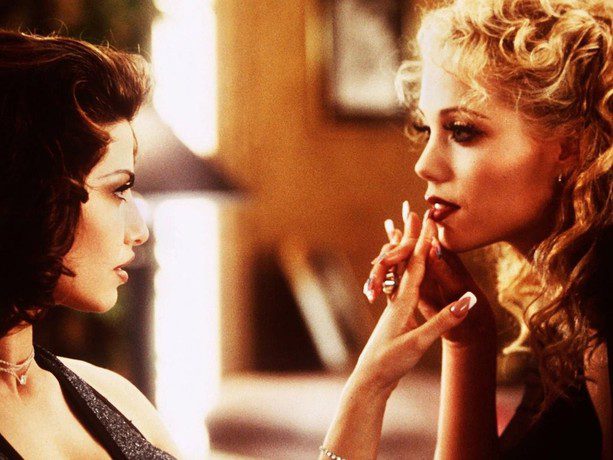
Gina Gershon and Elizabeth Berkley in Showgirls (Photo/MGM/UA)
Reception for Showgirls
Showgirls grossed $8.1 million on its opening weekend, finishing second at the box office behind Seven, which earned $13.9 million in its debut weekend.
The film would gross $20.3 million in its theatrical run.
Showgirls went on to become a huge hit on the home video market, becoming one of MGM’s top 20 best-sellers while grossing over $100 million in the US home media market alone.
Showgirls was released on VHS in two versions: A director’s R-rated version for rental outlets including Blockbuster Video and an NC-17-rated version.
Roger Ebert gave the film two out of four stars in his review.
Legacy
Showgirls‘ legacy is a testament to the power of ironic appreciation after its initial critical and commercial failure made it a subject of ridicule, a new generation of viewers and critics began to find something else in its excess.
The film’s self-seriousness, combined with its unintentional comedy, made it ripe for “so bad it’s good” viewings.
It’s now celebrated for its sheer audacity, its camp aesthetic, and its unapologetic commitment to its unique vision. Showgirls is often screened at midnight showings and has inspired countless tributes.
It’s no longer seen as a failure but as a glorious, gaudy, and ultimately unforgettable piece of pop culture as the film has become a touchstone for discussions on cinematic taste, failure, and the very nature of a cult following, cementing its place as one of the most compelling examples of a film finding a second life beyond its original intent.

